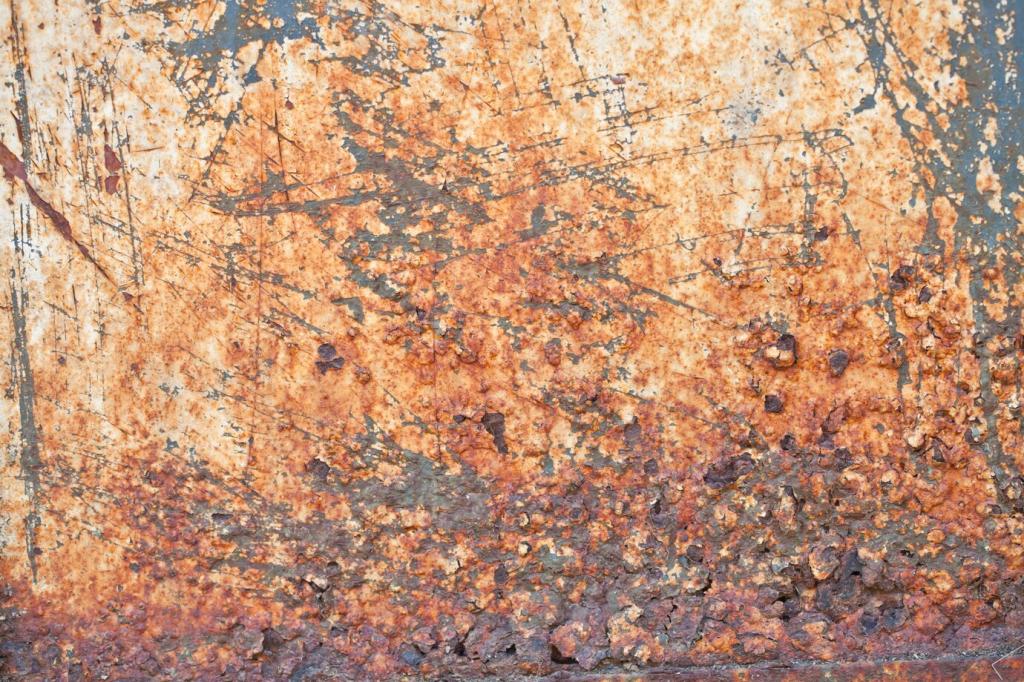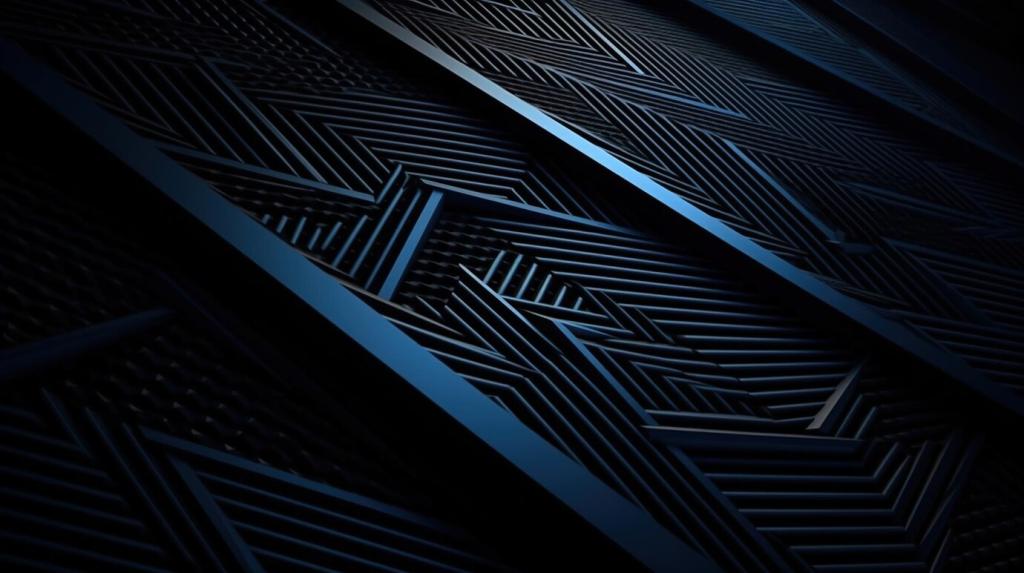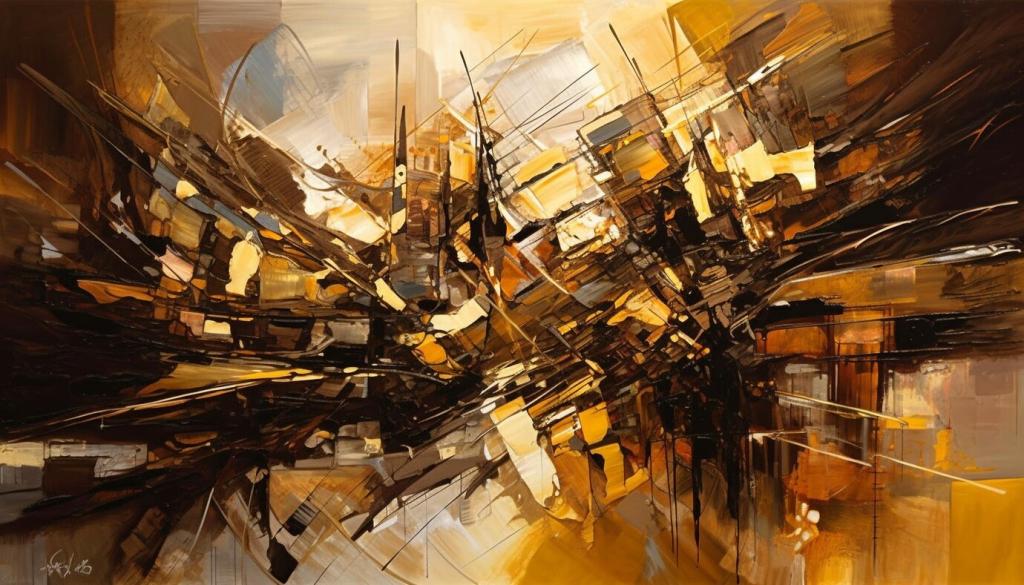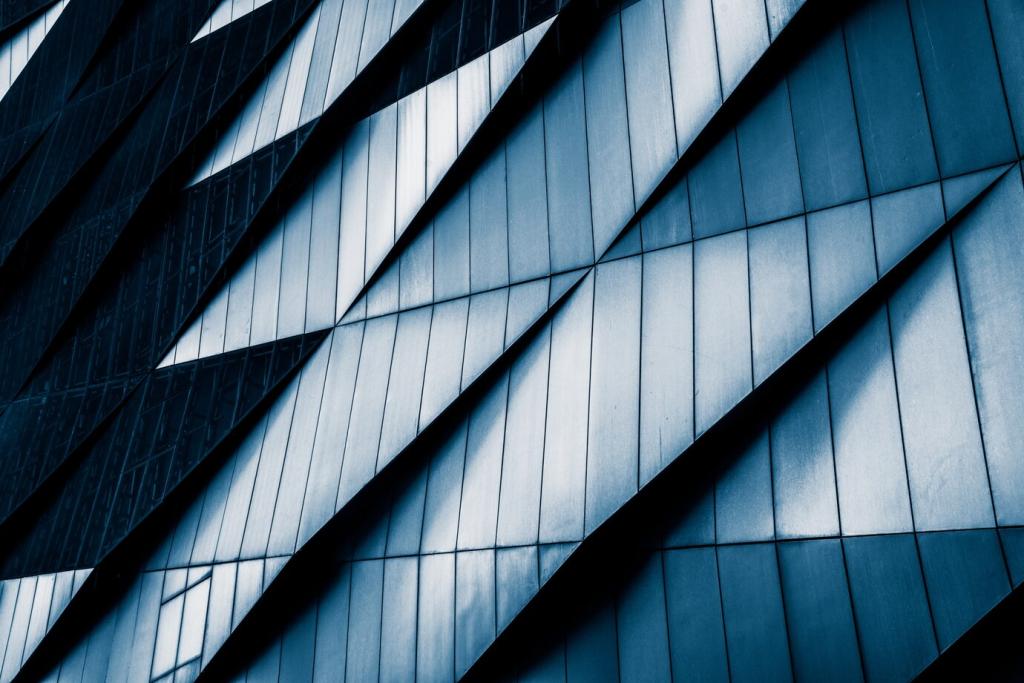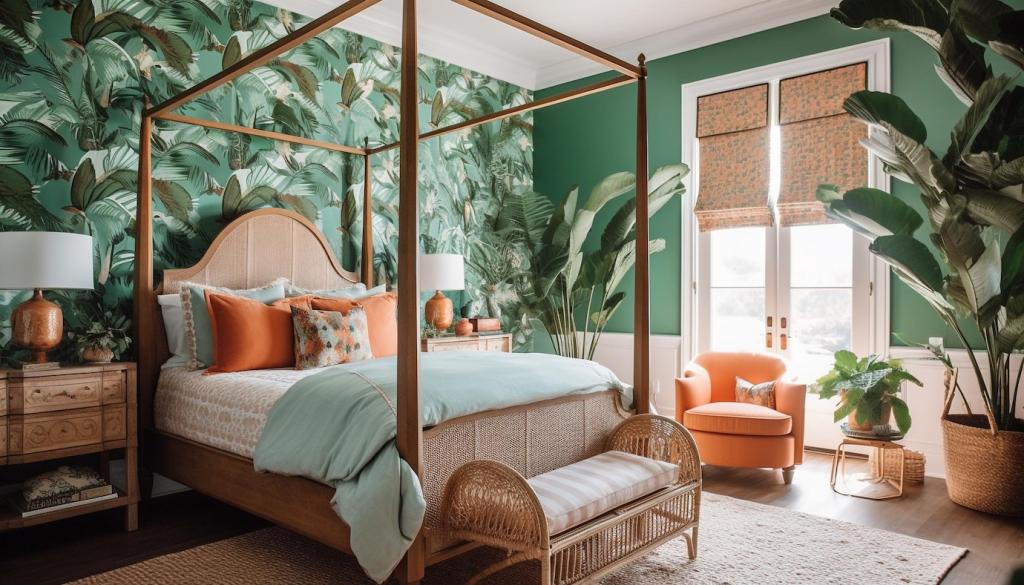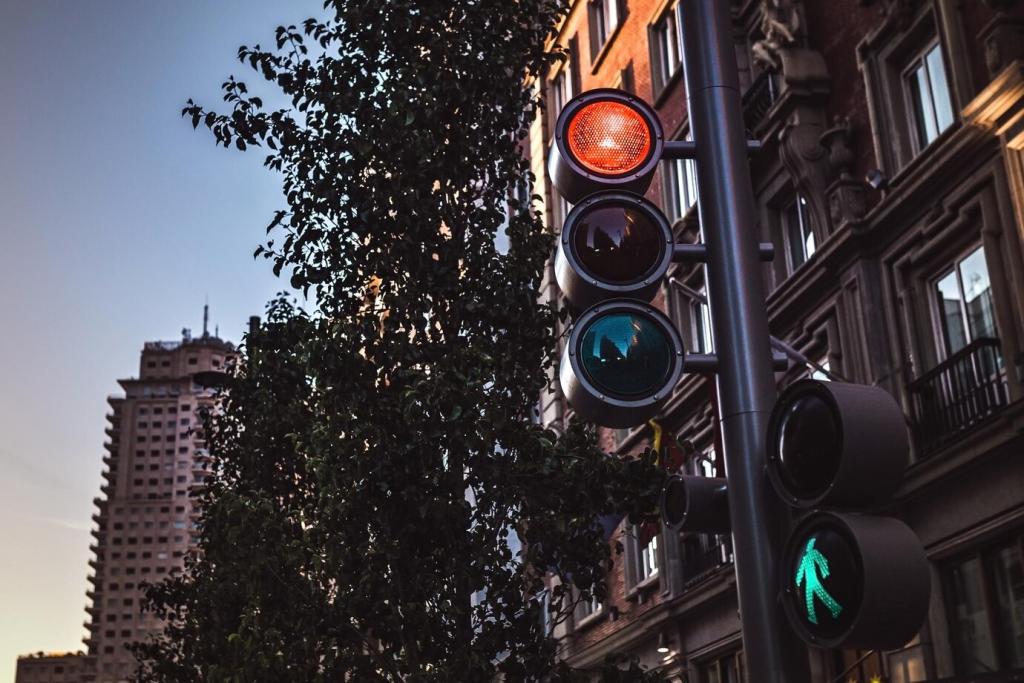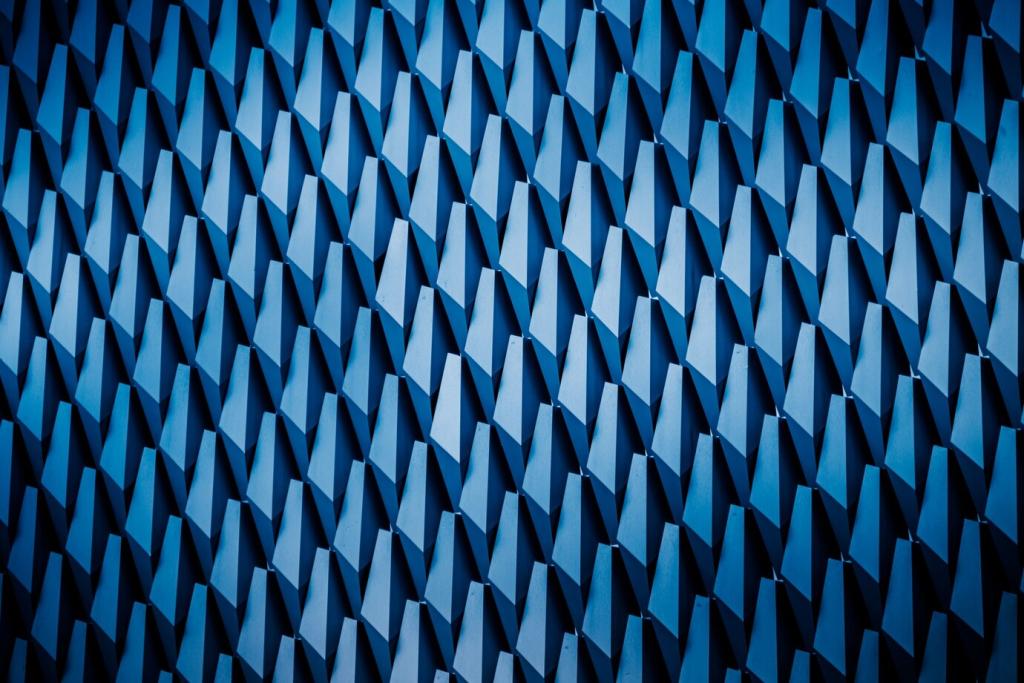Seasonal and Climate Smarts
Low winter sun can look cooler; high summer sun can wash colors out. Balance with warm undertones in winter-prone spaces and moderated contrast for summer glare. Share your latitude for seasonal palette fine-tuning and scheduling tips.
Seasonal and Climate Smarts
Moist air and bright skies can intensify blue light. Use slightly warmer whites and corrosion-resistant reflective accents. Linen sheers manage glare while preserving bounce. Post your coastal room photos for humidity-friendly finishes and fabric suggestions.


